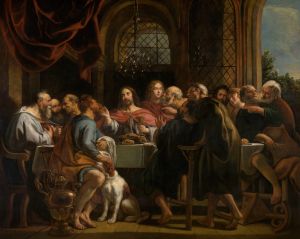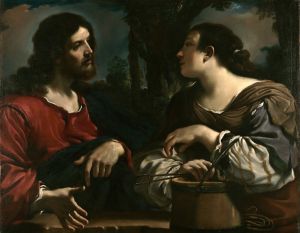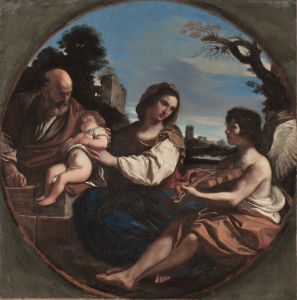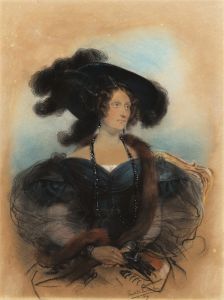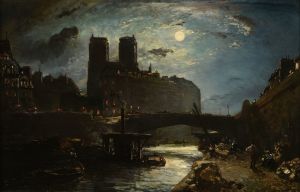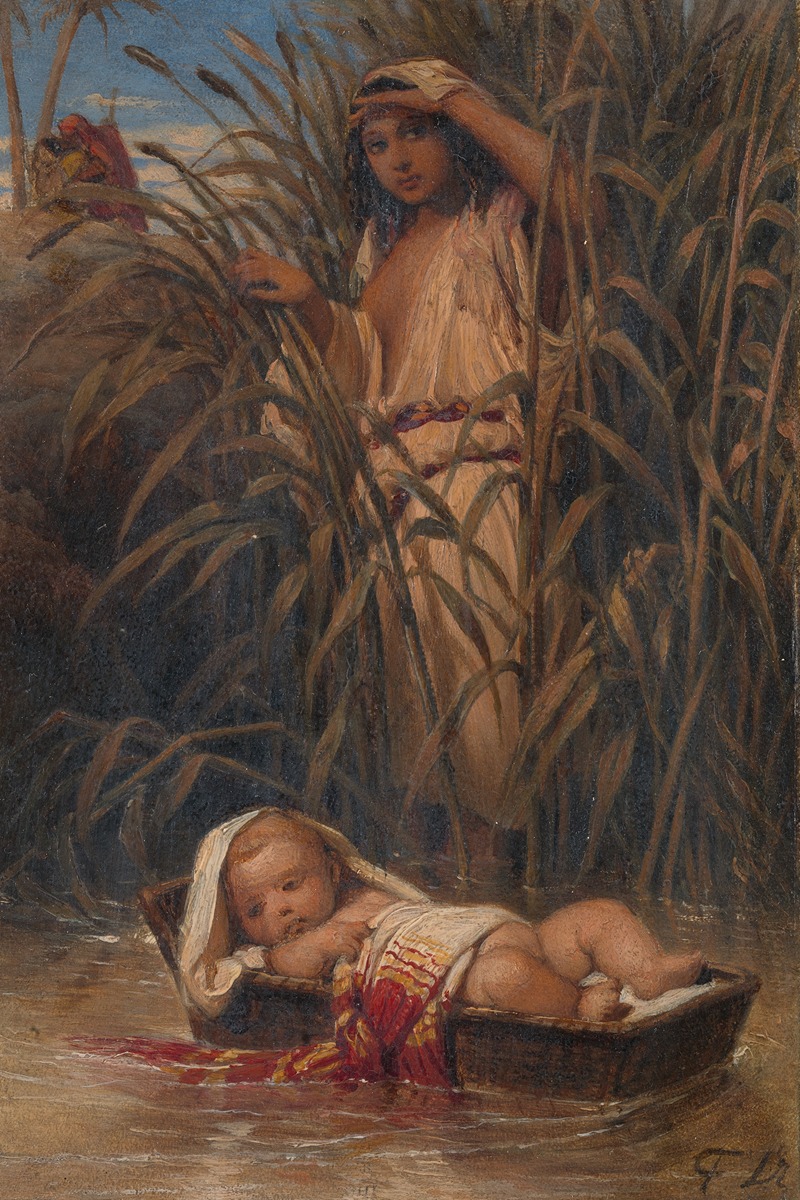
Mozes in het biezenkistje
A hand-painted replica of Paul Delaroche’s masterpiece Mozes in het biezenkistje, meticulously crafted by professional artists to capture the true essence of the original. Each piece is created with museum-quality canvas and rare mineral pigments, carefully painted by experienced artists with delicate brushstrokes and rich, layered colors to perfectly recreate the texture of the original artwork. Unlike machine-printed reproductions, this hand-painted version brings the painting to life, infused with the artist’s emotions and skill in every stroke. Whether for personal collection or home decoration, it instantly elevates the artistic atmosphere of any space.
Paul Delaroche's painting "Mozes in het biezenkistje," known in English as "Moses in the Bulrushes," is a notable work by the French artist, who was renowned for his historical and religious paintings. Delaroche, born in 1797 and active during the 19th century, was a prominent figure in the academic art scene in France. His works often depicted historical scenes with a dramatic flair and meticulous attention to detail, characteristics that are evident in this particular painting.
"Moses in the Bulrushes" illustrates the biblical story of the infant Moses being hidden in the reeds of the Nile River to escape the Pharaoh's decree that all Hebrew male infants be killed. This narrative is derived from the Book of Exodus in the Old Testament, a story that has been a source of inspiration for many artists throughout history. Delaroche's interpretation of this scene is both poignant and visually compelling, capturing the moment with a sense of drama and emotion.
The painting typically features the infant Moses in a small basket among the bulrushes, watched over by his sister Miriam. Delaroche's composition is known for its careful attention to the emotional expressions of the characters and the serene yet tense atmosphere of the scene. The use of light and shadow in the painting enhances the dramatic effect, a technique Delaroche mastered and frequently employed in his works.
Delaroche's style is characterized by its realism and precision, which were hallmarks of the academic art tradition in which he was trained. He was a student of Antoine-Jean Gros and was influenced by the works of Jacques-Louis David, both of whom were significant figures in the neoclassical movement. Delaroche's ability to convey complex narratives through his art made him a popular and respected artist during his lifetime.
"Moses in the Bulrushes" reflects Delaroche's interest in historical and religious subjects, a common theme in his oeuvre. His works often sought to humanize historical figures, presenting them in moments of vulnerability or moral decision. This approach resonated with the public and contributed to his success as an artist.
Although Delaroche's popularity waned with the rise of Impressionism and other modern art movements, his works have experienced a resurgence of interest in recent years. His paintings, including "Moses in the Bulrushes," are appreciated for their technical skill and the way they capture the drama of historical and biblical events.
Today, Delaroche's paintings can be found in various museums and collections around the world, where they continue to be studied and admired for their contribution to 19th-century art. "Moses in the Bulrushes" remains a testament to Delaroche's skill as a painter and his ability to bring historical and religious narratives to life through his art.







